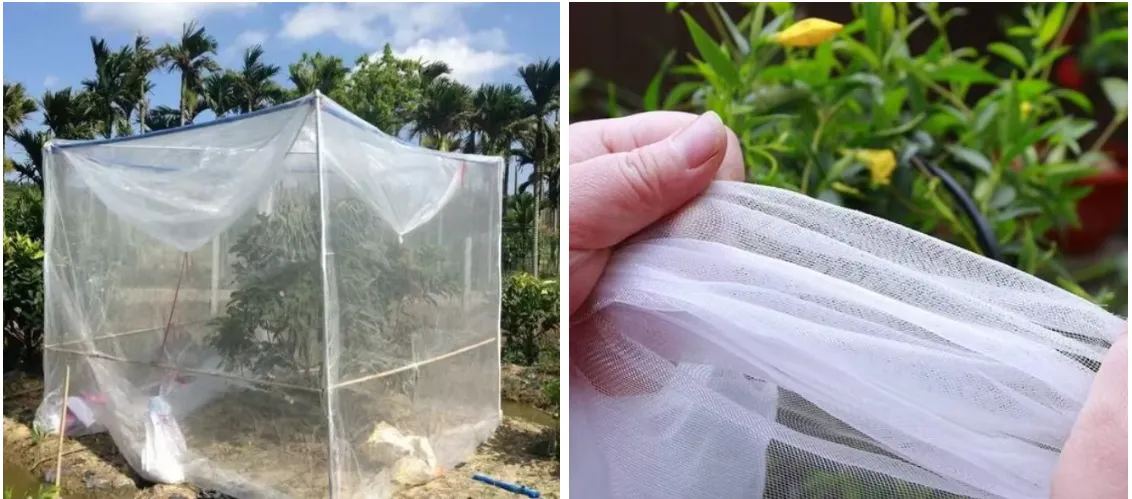-
 Afrikaans
Afrikaans -
 Albanian
Albanian -
 Amharic
Amharic -
 Arabic
Arabic -
 Armenian
Armenian -
 Azerbaijani
Azerbaijani -
 Basque
Basque -
 Belarusian
Belarusian -
 Bengali
Bengali -
 Bosnian
Bosnian -
 Bulgarian
Bulgarian -
 Catalan
Catalan -
 Cebuano
Cebuano -
 China
China -
 Corsican
Corsican -
 Croatian
Croatian -
 Czech
Czech -
 Danish
Danish -
 Dutch
Dutch -
 English
English -
 Esperanto
Esperanto -
 Estonian
Estonian -
 Finnish
Finnish -
 French
French -
 Frisian
Frisian -
 Galician
Galician -
 Georgian
Georgian -
 German
German -
 Greek
Greek -
 Gujarati
Gujarati -
 Haitian Creole
Haitian Creole -
 hausa
hausa -
 hawaiian
hawaiian -
 Hebrew
Hebrew -
 Hindi
Hindi -
 Miao
Miao -
 Hungarian
Hungarian -
 Icelandic
Icelandic -
 igbo
igbo -
 Indonesian
Indonesian -
 irish
irish -
 Italian
Italian -
 Japanese
Japanese -
 Javanese
Javanese -
 Kannada
Kannada -
 kazakh
kazakh -
 Khmer
Khmer -
 Rwandese
Rwandese -
 Korean
Korean -
 Kurdish
Kurdish -
 Kyrgyz
Kyrgyz -
 Lao
Lao -
 Latin
Latin -
 Latvian
Latvian -
 Lithuanian
Lithuanian -
 Luxembourgish
Luxembourgish -
 Macedonian
Macedonian -
 Malgashi
Malgashi -
 Malay
Malay -
 Malayalam
Malayalam -
 Maltese
Maltese -
 Maori
Maori -
 Marathi
Marathi -
 Mongolian
Mongolian -
 Myanmar
Myanmar -
 Nepali
Nepali -
 Norwegian
Norwegian -
 Norwegian
Norwegian -
 Occitan
Occitan -
 Pashto
Pashto -
 Persian
Persian -
 Polish
Polish -
 Portuguese
Portuguese -
 Punjabi
Punjabi -
 Romanian
Romanian -
 Russian
Russian -
 Samoan
Samoan -
 Scottish Gaelic
Scottish Gaelic -
 Serbian
Serbian -
 Sesotho
Sesotho -
 Shona
Shona -
 Sindhi
Sindhi -
 Sinhala
Sinhala -
 Slovak
Slovak -
 Slovenian
Slovenian -
 Somali
Somali -
 Spanish
Spanish -
 Sundanese
Sundanese -
 Swahili
Swahili -
 Swedish
Swedish -
 Tagalog
Tagalog -
 Tajik
Tajik -
 Tamil
Tamil -
 Tatar
Tatar -
 Telugu
Telugu -
 Thai
Thai -
 Turkish
Turkish -
 Turkmen
Turkmen -
 Ukrainian
Ukrainian -
 Urdu
Urdu -
 Uighur
Uighur -
 Uzbek
Uzbek -
 Vietnamese
Vietnamese -
 Welsh
Welsh -
 Bantu
Bantu -
 Yiddish
Yiddish -
 Yoruba
Yoruba -
 Zulu
Zulu
orange safety netting
The Importance of Orange Safety Netting in Construction and Outdoor Activities
In the realm of construction and outdoor activities, safety is of paramount importance. One of the most visible and widely used safety measures is orange safety netting. This brightly colored synthetic mesh serves a variety of crucial roles, providing both physical barriers and psychological reassurances.
Orange safety netting, often made from materials such as polyethylene or polypropylene, is designed to be durable yet lightweight. Its vibrant color is not just a design choice; it plays a critical role in visibility. Construction sites, outdoor events, and agricultural fields can be bustling environments filled with various hazards, and the bright orange hue ensures that the netting captures attention, helping to prevent accidents.
One of the primary uses of orange safety netting is to delineate boundaries. On construction sites, it acts as a clear boundary marker to indicate where work is being conducted and where individuals should not tread. This is particularly important in large projects where multiple teams work simultaneously. The netting helps to keep unauthorized personnel, such as passersby or curious children, at a safe distance from potential dangers like heavy machinery, uneven surfaces, or hazardous materials.
In addition to marking boundaries, orange safety netting plays an essential role in protecting workers and the public from falling debris. Construction sites often feature scaffolding, lifts, and other structures where materials can become dislodged. By installing safety netting around these areas, contractors can significantly reduce the risk of injury caused by falling objects. This is especially crucial in urban environments, where pedestrians and vehicles are in close proximity to work sites.
orange safety netting

Moreover, orange safety netting is also used in landscaping and agricultural contexts. Farmers utilize it to protect crops from wildlife, while landscape architects employ it to prevent soil erosion and manage overgrowth. The netting creates a physical barrier that confines specific areas, promoting a safer environment for both crops and workers engaged in manual labor. In recreational contexts, such as at outdoor sports events, it can also help manage spectators and maintain order during high-traffic situations.
An additional benefit of orange safety netting is its lightweight and easily deployable nature. It can be stored and transported with relative convenience, allowing for quick setup and takedown when necessary. This is particularly important in dynamic environments where conditions can change rapidly, and flexibility is key to maintaining safety. Workers can quickly erect the nets to create a safe zone during high-risk tasks and just as easily remove them once the risk has dissipated.
Despite its many advantages, it's important to note that orange safety netting should not be regarded as a standalone safety solution. While it helps create visual barriers and provide some physical protection, it should be used in conjunction with other safety measures, such as personal protective equipment (PPE), comprehensive safety training, and effective communication among team members. The presence of orange netting should serve as a reminder for everyone involved to remain vigilant and adhere to safety protocols.
In conclusion, orange safety netting is an indispensable component of safety in construction, landscaping, and outdoor activities. Its visibility, ability to delineate zones, and role in protecting against falling debris all contribute to a safer working environment. As industries continue to prioritize safety, the significance of such measures will only grow. By embracing the use of orange safety netting alongside a culture of safety, we can work toward minimizing risks and enhancing the well-being of workers and the general public alike.
-
Shipping Plastic Bags for Every NeedNewsJul.24,2025
-
Safety Netting: Your Shield in ConstructionNewsJul.24,2025
-
Plastic Mesh Netting for Everyday UseNewsJul.24,2025
-
Nylon Netting for Every UseNewsJul.24,2025
-
Mesh Breeder Box for Fish TanksNewsJul.24,2025
-
Expanded Steel Mesh Offers Durable VersatilityNewsJul.24,2025











